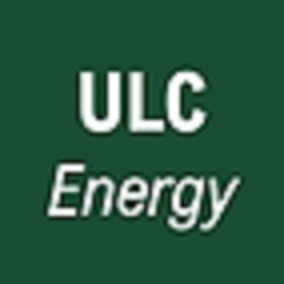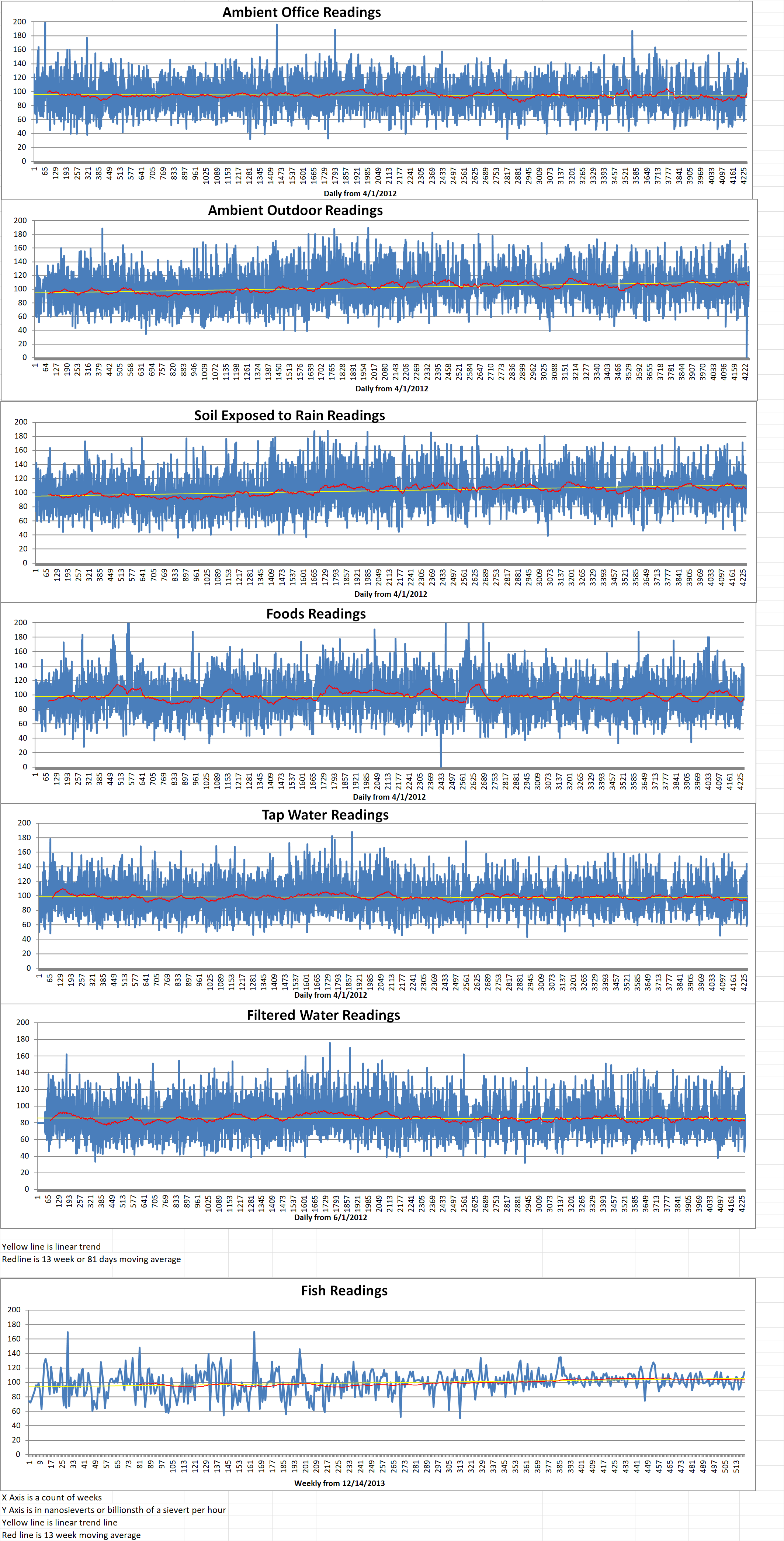The return of some former staff, the revamping of training facilities including the control room simulator, the submission of regulatory documents and the ordering of new fuel are all part of steps taken towards restarting the shuttered Palisades nuclear power plant in the USA.
Holtec agreed to purchase the eight hundred megawatts pressurized water reactor for decommissioning from then owner and operator Entergy in 2018. The acquisition was completed in June 2022, shortly after the reactor’s closure. Holtec was planning the remediation of the plant by 2041. However, the company then announced plans to apply for federal funding to enable it to reopen the plant.
Michigan Governor Gretchen Whitmer was among those supporting the move. The State 2024 budget provides one hundred and fifty million dollars in funding towards the plant’s restart. In March of this year the U.S. Department of Energy (DoE) Loan Programs Office conditionally committed up to one billion five hundred and twenty million dollars for a loan guarantee. Holtec has to satisfy certain technical, legal, environmental, and financial conditions before the DoE enters into definitive financing documents and funds the loan.
If Holtec’s plans bear fruit, Palisades would be the first nuclear power plant in the USA to return to commercial operations after being closed down. Under Holtec plans, it would provide baseload clean power until at least 2051, avoiding some four million and four hundred seventy thousand tons of CO2 emissions per year, for a total of one hundred and eleven million tons over twenty five years.
In a project update, Holtec stated that there were now three hundred and sixty staff at the site, up one hundred fifty since the restart program began. This includes “new talent as well as the return of former plant employees, contributing to the preservation and creation of hundreds of high-paying jobs in Michigan”.
Holtec added, “The reconstitution of the plant’s control room simulator and restoration of the operator training program are both complete and the training building, which had been mothballed for future demolition, is now a bustling hub of industry veterans and talented new associates.”
Work is also under way on the off-site refurbishment of the generator exciter as well as the “restoration of the reactor vessel’s operational integrity in preparation for a deep chemical cleaning of the plant’s reactor cooling system”. Future plans including “inspection of the reactor vessel internals and steam generators … along with long-term investments in preventive maintenance, equipment repairs, replacements, upgrades, and modifications … other critical activities, such as the ordering of new fuel for the reactor and long-lead part procurement, are also under way.”
Holtec adds that, “In the regulatory space, we have made significant progress towards reauthorization of extended operations, submitting five of the major licensing submittals to the US Nuclear Regulatory Commission and actively engaging in public meetings as a part of that process.”
There are also plans for Holtec to site two of its three hundred megawatt small modular reactors alongside the existing plant. It said that preliminary siting activities were under way with the target of filing a construction permit application in 2026.






